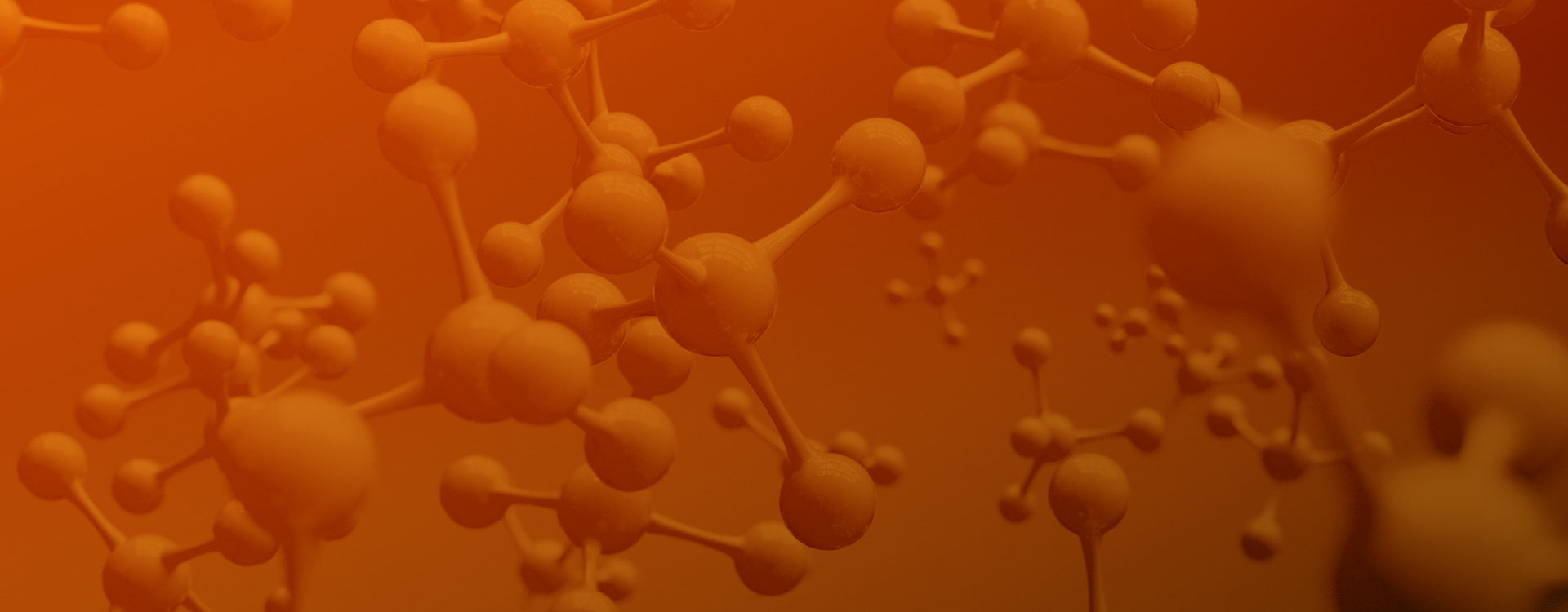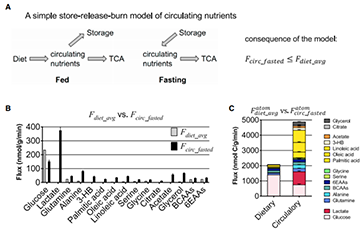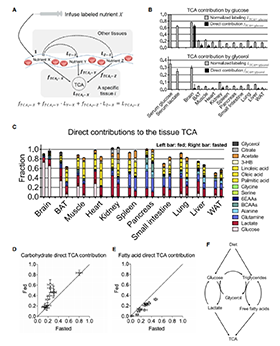
Quantitative Analysis of Energy Metabolism
Quantitative Analysis of Energy Metabolism
Quantitative Analysis of Short-Chain Fatty Acids
Quantitative Analysis of Fatty Acids
Quantitative Analysis of Bile Acids
Quantitative Analysis of Trimethylamine Oxide and Related Metabolites
Quantitative Analysis of Amino Acids
Quantitative Analysis of Neurotransmitters
Quantitative Analysis of Organic Acids
Quantitative Analysis of Flavonoids
Quantitative Analysis of Carbohydrates
Quantitative Analysis of Plant Hormones
Quantitative Analysis of Carotenoids
Quantitative Analysis of Tannins
Quantitative Analysis of Phenolic Acids
Quantitative Analysis of Anthocyanins
One of the most basic characteristics of life is the process of energy release, transfer, storage and utilization accompanying the metabolism of substances in the organism. Energy metabolism can be divided into TCA cycle, glycolysis and pentose phosphate pathway. The TCA cycle belongs to the third stage of aerobic oxidation of sugar. The aerobic oxidation of sugar is the main metabolic method of sugar oxidation for energy supply under the physiological conditions of the body, and it is the direct energy source for physiological activities. Glycolysis is a process by which the body's tissues (especially muscles) undergo a series of changes to break down into lactic acid without oxygen or without adequate oxygen supply. Pentose phosphate pathway is a bystander of glucose metabolism in certain tissues and organs of the body.
Journal: Cell Metabolism Impact factor: 21.567 Published date: July 2020 Published by: Princeton University, United States
Mammalian organs are nourished by nutrients carried by the blood circulation. These nutrients originate from diet and internal stores, and can undergo various interconversions before their eventual use as tissue fuel. Here we develop isotope tracing, mass spectrometry, and mathematical analysis methods to determine the direct sources of circulating nutrients, their interconversion rates, and eventual tissue-specific contributions to TCA cycle metabolism.
Experiments with fifteen nutrient tracers enabled extensive accounting for both circulatory metabolic cycles and tissue TCA inputs, across fed and fasted mice on either high-carbohydrate or ketogenic diet. We find that a majority of circulating carbon flux is carried by two major cycles: glucose-lactate and triglyceride-glycerol-fatty acid. Futile cycling through these pathways is prominent when dietary content of the associated nutrients is low, rendering internal metabolic activity robust to food choice.
 Circulation turnover rate significantly exceeds dietary flow, indicating active nutrient circulation
Circulation turnover rate significantly exceeds dietary flow, indicating active nutrient circulation
 Tracer studies can determine the direct source of TCA metabolites
Tracer studies can determine the direct source of TCA metabolites
The presented in vivo flux quantification methods are broadly applicable to different physiological and disease states.
Hui Sheng,Cowan Alexis J,Zeng Xianfeng et al. Quantitative Fluxomics of Circulating Metabolites.[J] .Cell Metab., 2020
 © Copyright 2015-2022 Suzhou PANOMIX Biomedical Tech Co.,Ltd
© Copyright 2015-2022 Suzhou PANOMIX Biomedical Tech Co.,Ltd